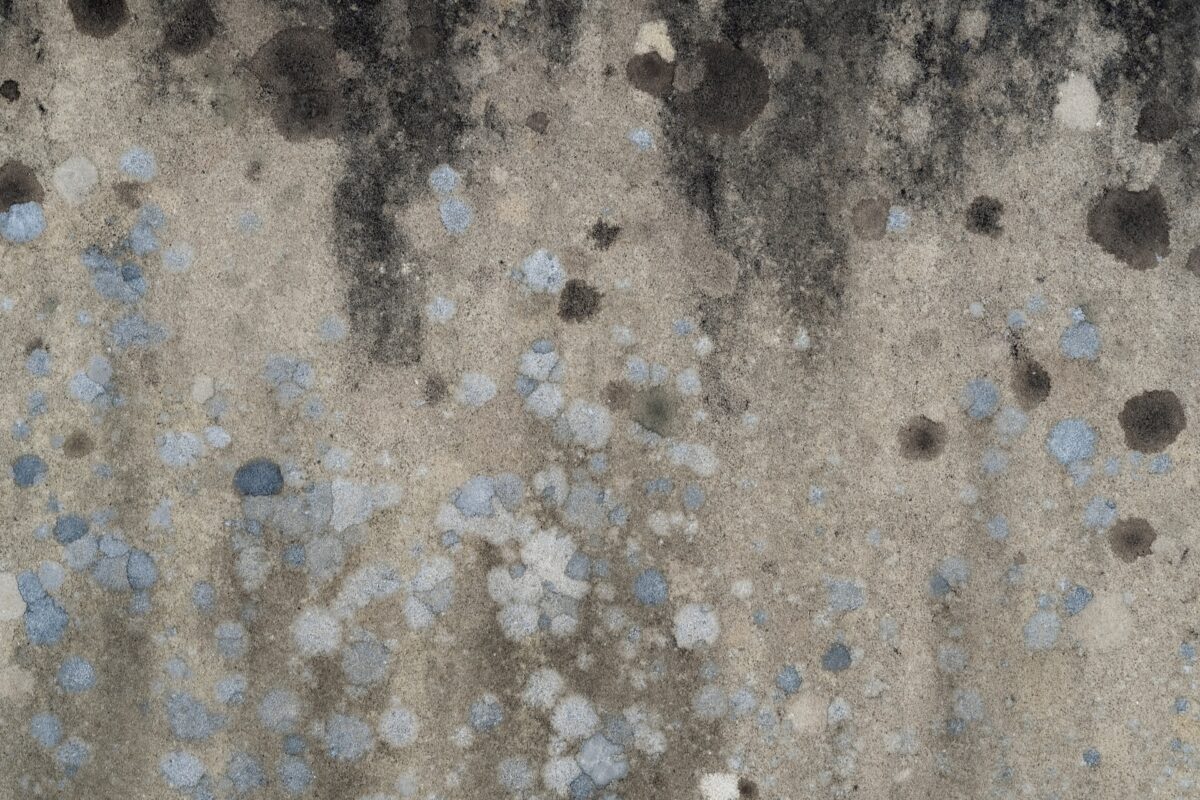Mold in Crawl Space – All You Need to Know

Are you a homeowner who suspects you may have a mold problem in your crawl space? If so, it’s essential to take quick action to ensure the health and safety of both your home and your family. Mold can cause serious damage to your home’s structure while also posing potential health risks that range from mild allergies to respiratory illnesses. Read this ultimate guide for dealing with mold when it invades one of the structurally important areas in our homes – the beloved crawl space!
WHAT IS MOLD AND WHY IT’S IMPORTANT TO IDENTIFY IT IN THE CRAWL SPACE
Mold is a common household problem that can pose serious health risks if left unchecked. It’s a type of fungus that grows in warm, moist environments and spreads through spores that float in the air. Mold can cause symptoms like sneezing, coughing, and itchy eyes, and prolonged exposure can lead to more severe health issues. That’s why it’s crucial to identify and address mold growth in the crawl space beneath your home. The crawl space is one of the most vulnerable areas in your house as it’s prone to moisture and poor ventilation. If left neglected, mold growth in the crawl space can spread to other parts of your home, affecting indoor air quality and putting your family’s health at risk. Identifying mold in the crawl space and taking steps to remove it is essential for a healthy and safe home environment.
THE SIGNS OF MOLD GROWTH IN YOUR CRAWL SPACE
Here are seven signs that you may have a mold problem:
- Musty Odor: One of the most common indications of mold is a persistent musty smell. If your home or certain areas smell damp and musty, it might be time to check your crawl space.
- Visible Mold Growth: This is the most obvious sign. Mold can range in color from white to black, often appearing as spots or patches. If you see something suspicious, it’s best to call a professional for confirmation.
- Increased Allergy Symptoms: If you or your family members are experiencing heightened allergies, it could be due to mold. Symptoms can include sneezing, itchy eyes, and respiratory problems.
- Dampness or Water Leaks: Mold thrives in moist conditions. If your crawl space is damp or has leaks, it creates a perfect environment for mold growth.
- Rust on Metal Surfaces: Mold can lead to higher humidity levels, causing rust on metal surfaces in your crawl space.
- Wood Rot: Mold often leads to wood decay or rot. If you notice your wooden structures becoming soft, discolored, or crumbling, mold might be the root cause.
- Peeling Paint or Bubbling Wallpaper: These are signs of excessive moisture, which is a breeding ground for mold. If you notice this happening, especially on the lower levels of your home, your crawl space might be the culprit.
STEPS TO REMEDIATE MOLD IN CRAWL SPACE
Here are some practical steps you can take to remediate mold:
- Identify and Fix the Source of Moisture: Mold thrives in damp environments. Identify any sources of water leakage or excessive moisture in your crawl space and fix them promptly.
- Proper Ventilation: Ensure your crawl space is well-ventilated to prevent the buildup of moisture. This can involve installing vents or fans to promote air circulation.
- Use a Dehumidifier: A dehumidifier can help control the level of moisture in your crawl space, making it less conducive for mold growth.
- Install a Vapor Barrier: A vapor barrier is a plastic or foil sheet that can help prevent ground moisture from evaporating into your crawl space.
- Clean and Disinfect the Area: Once the source of moisture is addressed, clean the area thoroughly. Use a mold-killing product to disinfect the area and remove mold spores.
- Remove and Replace Damaged Materials: Any insulation, wood, or other materials that have been significantly damaged by mold should be removed and replaced.
- Regular Inspection: Regularly inspect your crawl space for signs of mold or moisture. Early detection can prevent a small problem from becoming a major one.
- Hire Professionals: If the mold infestation is severe, or if you’re unsure about how to properly remediate it, consider hiring a professional mold remediation service. They have the tools, knowledge, and experience to handle the situation effectively.
If you see any signs of mold in your crawl space, consult with a professional mold remediation company in Tampa for proper inspection and treatment.
